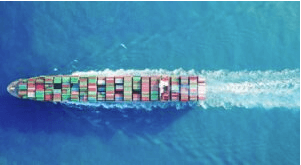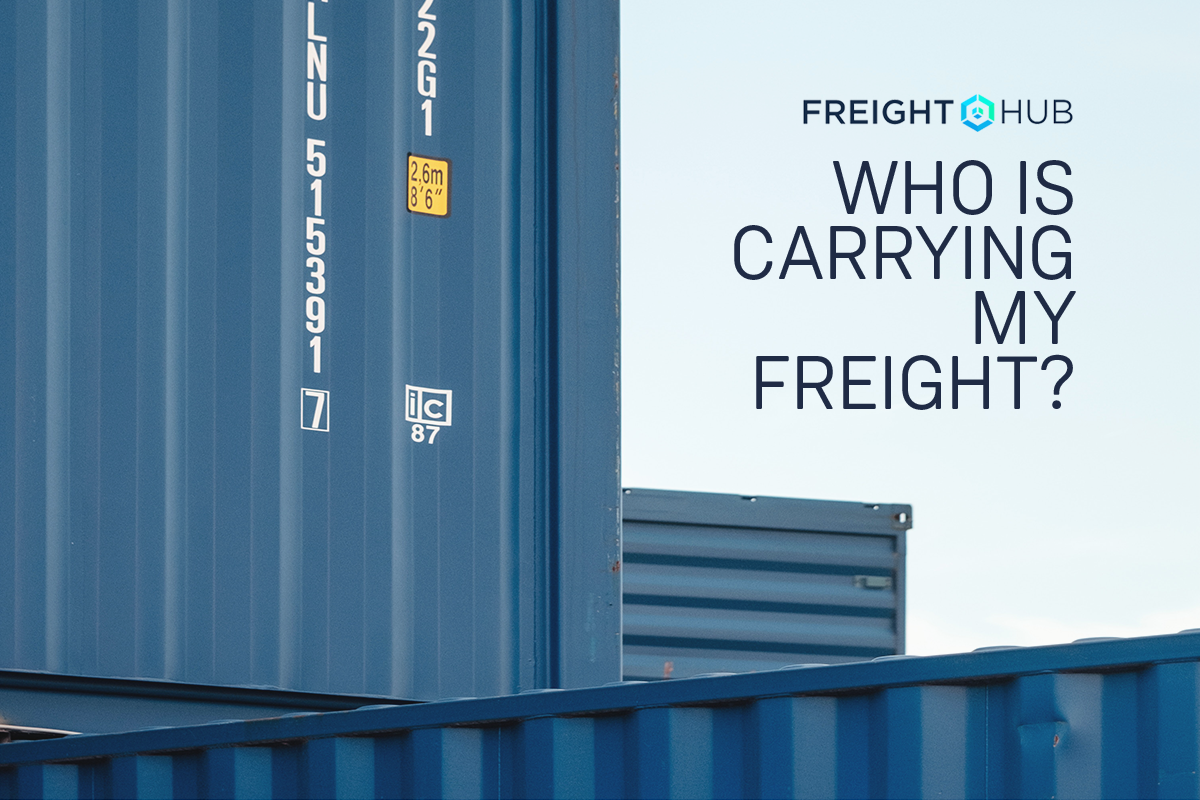Lessons were learned in the Hanjin collapse as some shippers and forwarders realized, albeit too late, that their freight was on Hanjin ships. Often this is the case when dealing with ocean freight alliances. Although alliances can provide operational efficiencies among its member carriers, basic information such as knowing who really transports your freight often go unknown.
Alliances – Advantages & Disadvantages
Among the benefits of alliances are:
- The ability to optimize vessel fleets
- Decrease in costs such as route reductions and unnecessary port stops
- Lower supply chain costs
But there are drawbacks to alliances including:
- Potential for price collusion
- Lack of transparency among members
- Slot sharing
Alliances are designed to benefit carrier members. Price-fixing has always been an industry concern and is closely monitored by government regulators. Meanwhile, transparency is needed to provide the real-time visibility that shippers and forwarders require such as knowing where the freight is, when it is expected to arrive and what vessel the freight is on.
Lastly, what can be viewed as an advantage for carriers but perhaps is not much of a benefit for shippers and forwarders is the practice of slot sharing which allows carriers to share container space on member vessels. Although it is an efficient way to utilize capacity, it also highlights the problem observed during the Hanjin fiasco – the need for transparency.
Shipping Lines – Stable or Instable?
Since the Hanjin bankruptcy, “who’s next?” echoes throughout the market. Losses are mounting as even the largest carrier, Maersk, reports dismal earnings. Maersk noted in its recent third quarter earnings that its underlying profit for 2016 will be “below” $1 billion compared to a $1.3 billion profit in 2015.
Maersk may actually end up with one of the stronger, albeit much weaker as compared to 2015, balance sheets for 2016. Drewry, a shipping research and consulting firm, said carriers cannot cut costs fast enough in an industry where revenues may be $50 billion below what they were in 2014.
CMA-CGM’s Vice Chairman agrees and noted recently, “In 2016, most probably, none of the 20 top companies will be profitable, consolidation will continue because small shipping lines will not be able to survive; the small to medium operators will be looking for a big brother to acquire them.”
“Who’s next” is only speculative right now but the majority of shippers and forwarders expect more consolidation. The end result of all this will of course mean fewer carriers to choose from and perhaps higher rates but hopefully financially healthier carriers will emerge. This in turn will instill confidence in shippers and forwarders in knowing not only who is really shipping their freight but also that the freight will arrive at the final destination on-time.
What’s Next?
As 2016 gives way to 2017, optimism for the New Year is growing with the launch of new Alliances, reduced number of carriers and potentially stable rates take hold. However, for this all to be truly successful, better collaboration between the shipper and shipping carrier is needed. A growing number of technology companies and digital freight forwarders are providing solutions to improve transparency so that shippers are able to track their freight in real time all the way to final destination. Even more, you, as the shipper, know exactly what ship your freight is on.
To find out more, please visit our website and while you there, sign up to receive our newsletter for more news and insights into the freight industry.








